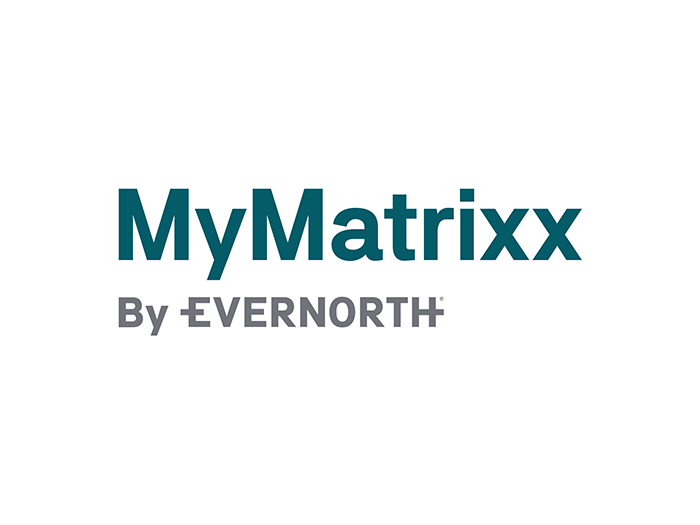Reinsurers Thrive Despite $58 Billion in Insured Catastrophe Losses in 1H 2024

Reinsurance buyers are expected to see price competition and more flexible terms heading into 2025 renewals, as global reinsurers have enjoyed strong profits and increased capital over the past 18 months, and because primary insurers have shouldered the bulk of recent catastrophe losses, according to an analysis by Aon.
The report highlights a stark performance gap between reinsurers and insurers and emphasizes the need for reinsurers to play a greater role in helping insurers manage risks and close the gap between insured and economic losses.
Global reinsurers reported exceptional financial results in the first half of 2024, despite an elevated $58 billion in insured natural catastrophe losses in the first half of 2024, Aon reports. Reinsurer capital stood at $695 billion at June 30, 2024, up $25 billion from year-end 2023.
Across 27 global reinsurers surveyed, the average return on equity (ROE) reached 17.6% in the first half of 2024, with some reinsurers reported an ROE of $25%, which Aon noted is well above most primary insurers. This was driven by 11.8% average premium growth year-over-year and a profitable 89.7% average combined ratio in the first half.
The $58 billion in insured natural catastrophe losses in 1H 2024 included $47 billion from severe convective storms in the U.S. Aon noted that primary insurers retained the bulk of these frequency losses.
“Severe convective storms — which are now largely retained by insurers — accounted for around three quarters of total global insured natural cat losses in the first half of 2024, and 59% in the full year of 2023,” the report stated.
Reinsurers’ strong results benefited from multiple factors, according to Aon. First, the 2023 reinsurance renewals shifted more risk to insurers, insulating reinsurers’ balance sheets. Second, relatively light losses from primary perils like hurricanes reduced reinsurers’ claims payouts. And third, higher interest rates boosted reinsurers’ investment returns.
“The structural changes to property cat programs in 2023, in particular higher retentions and reduced capacity for frequency covers, resulted in an unequal distribution of underwriting profit across the insurance value chain,” according to the report. “Insurers, particularly in the U.S., are running higher net retention levels and have shouldered the bulk of catastrophe losses over the past 18 months.”
Reinsurance Pricing Outlook
Reinsurance pricing is expected to gradually moderate in the 2024 renewals, with the best performing risks seeing reductions. As reinsurance capital reaches peak levels, 2025 is anticipated to bring increased pricing competition and flexibility in the market, according to Aon
However, reinsurers need to provide more than just pricing support to their insurance clients, the report stated. They must play a more active role in helping insurers manage the growing frequency of losses and resulting earnings volatility. By expanding their risk appetites, reinsurers can avoid forcing insurers to pull back on their own underwriting, Aon noted.
Reinsurers also have a major opportunity to boost growth and relevance by helping to close insurance protection gaps globally. Aon found that only 31% of the $380 billion in economic losses caused by natural catastrophes in 2023 were covered by insurance.
Recent disasters like the 2023 earthquake in Turkey and Syria and Hurricane Otis generated substantial uninsured damage, with costs often falling on local governments. In the U.S., the policy count of Florida’s insurer of last resort, Citizens Property Insurance Corp., has doubled in two years, the report said.
The protection gap is also widening in the commercial sector, with premiums written by captives under Aon’s management surging 43% in the past three years, according to the report. Amid a tightening commercial insurance market, a quarter of respondents to Aon’s latest Global Risk Management Survey now use a captive, up from 17% in 2021. Cyber premiums written by captives jumped 58% in 2023, while captives writing environmental liability soared 114%, mostly in the natural resources industry, according to Aon.
To remain relevant for the long-term, reinsurers will need to deploy their peak capacity levels in the coming years to address unmet client needs and help build resilience to catastrophes and other risks, according to Aon.
“We believe the (re)insurance industry is at a critical juncture. Now on a more financial solid footing, reinsurers must deepen their partnerships with insurers, use their capital to create a more sustainable market and lean-in to a changing risk landscape,” the report stated.
Sector Outlook and Positioning
Reinsurers are on track for very strong full-year 2024 results, absent large catastrophe losses in the second half of the year. Capital levels are building quickly from already high levels, and mark-to-market gains are expected on bond portfolios as interest rates decline, the report stated.
Looking ahead to 2025, reinsurers are targeting growth in property and short-tail specialty lines as demand rises, and expect to provide more flexible terms if primary peril losses remain benign, Aon stated. Additionally, reinsurers are seeing opportunities to prudently grow casualty writings as primary rates rise, the report said.
“Overall, Aon believes the reinsurance market is now positioned to display greater flexibility in support of unmet client need, which in turn will boost the sector’s relevance and help to secure long-term growth,” Aon stated.
View the full report here. &










